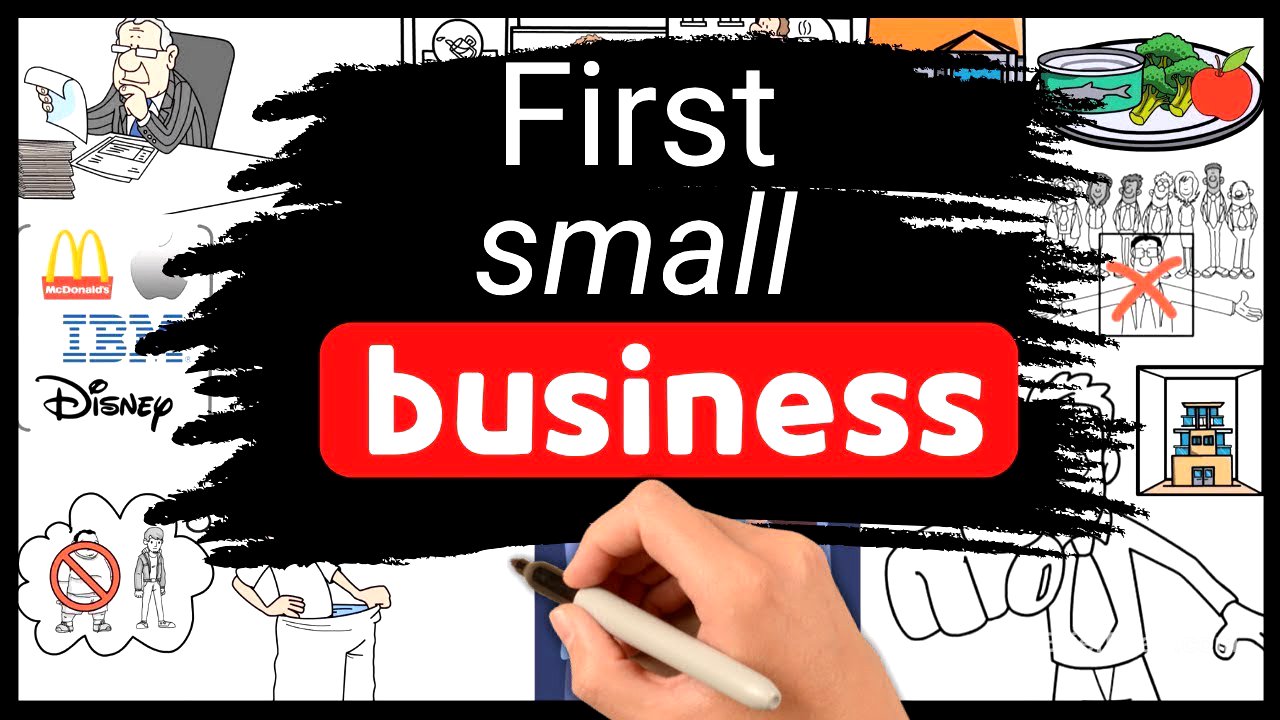TLDR;
This video summarizes Michael E. Gerber's "The E-Myth Revisited," offering insights on how to avoid common pitfalls in small business. It covers the fatal assumption that technical skill equates to business acumen, the importance of balancing the roles of entrepreneur, manager, and technician, and the three phases of business growth: infancy, adolescence, and maturity. The video emphasizes creating a franchise prototype model through innovation, quantification, and orchestration to build a system-dependent business that can thrive without constant owner involvement.
- Avoid the "fatal assumption" that technical skill equals business success.
- Balance the roles of entrepreneur, manager, and technician within yourself and your business.
- Build a franchise prototype model through innovation, quantification, and orchestration.
- Create a system-dependent business, not a people-dependent one.
The Fatal Assumption [0:47]
Many people start a business based on their technical skills, assuming that proficiency in a particular job translates to business success. This is a fatal assumption because the technical work of a business and running a business are entirely different things. A skilled technician may not possess the necessary skills to manage finances, market the business, or handle administrative tasks. Consequently, the business owner becomes overwhelmed, working long hours and doing multiple jobs they are not equipped for, leading to exhaustion and potential failure.
The Entrepreneur, Manager, and the Technician [3:36]
Every business owner embodies three distinct personalities: the entrepreneur, the manager, and the technician. The entrepreneur is the visionary, focused on future opportunities and innovation. The manager seeks order and efficiency, creating systems to organize the business. The technician is hands-on, preferring to work on tasks directly and often feeling that they are the only one who can do the job right. The conflict between these three personalities can lead to internal struggles and inefficiencies within the business.
Three Phases of a Business [8:47]
Businesses progress through three phases: infancy, adolescence, and maturity. In infancy, the owner is the technician, handling all tasks and working long hours, often leading to burnout. Adolescence involves hiring employees, but without proper management, chaos ensues, and the owner may revert to doing everything themselves. Maturity is achieved when the business operates as a system, independent of the owner's constant involvement. It's important to note that maturity can be achieved from day one with the right entrepreneurial perspective.
Franchise Prototype Model [18:19]
The franchise prototype model involves creating a business that can be replicated and run smoothly, like a franchise. This requires systematizing every aspect of the business, documenting processes, and creating checklists and manuals. The goal is to build a system-dependent business, not one that relies on specific individuals or experts. By focusing on the system, the business can operate consistently and efficiently, regardless of who is performing the tasks.
Business Development Process [23:29]
The business development process consists of three steps: innovation, quantification, and orchestration. Innovation involves continuously seeking ways to improve the business and better serve customers. Quantification means tracking data to measure the effects of changes and determine what works best. Orchestration involves implementing successful innovations as standard operating procedures. This iterative process helps create a business that is constantly improving and adapting to meet customer needs.








